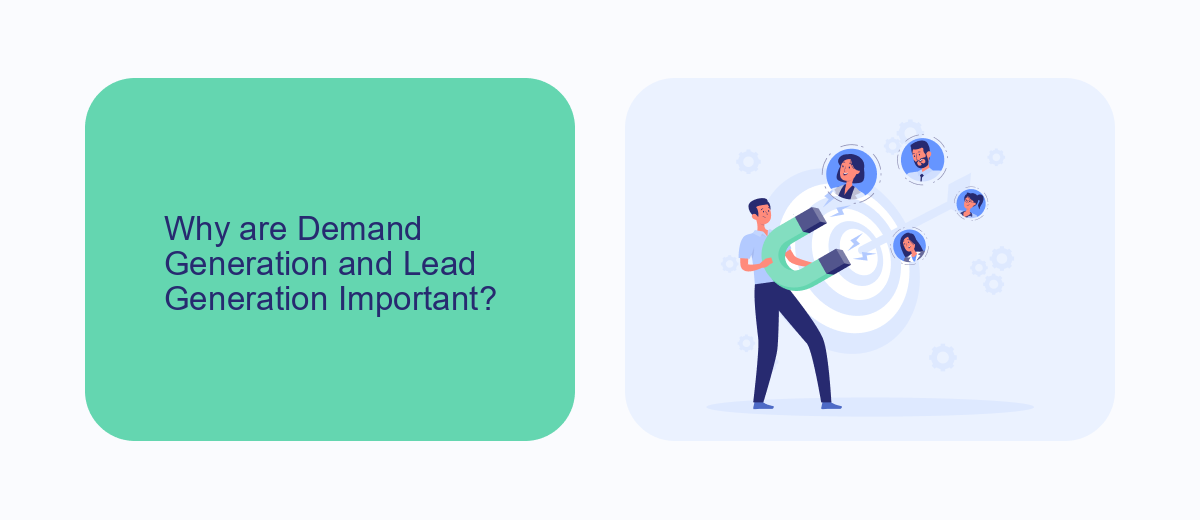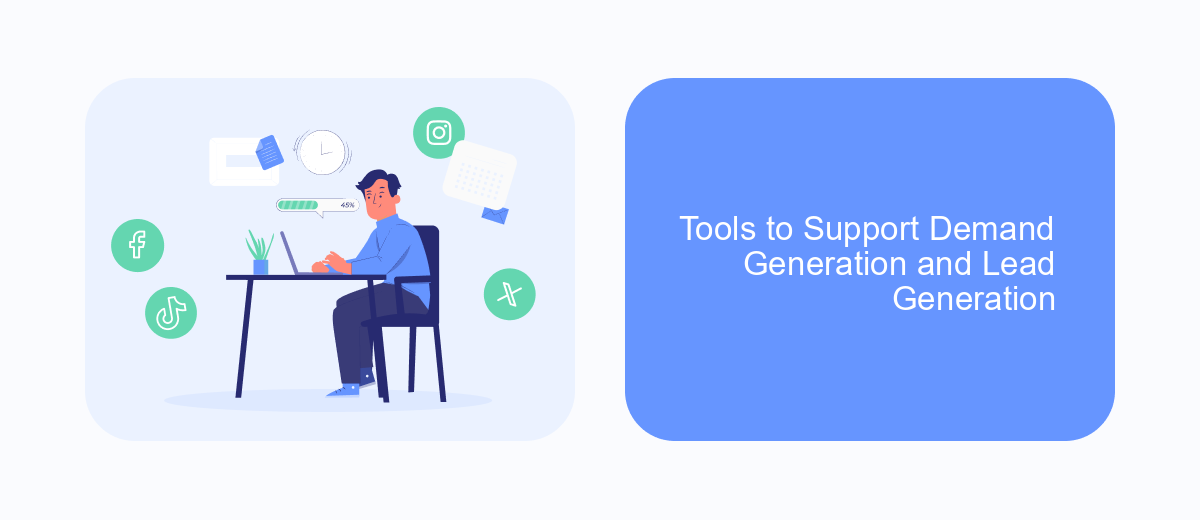In today's competitive business landscape, demand generation and lead generation are crucial strategies for driving growth and revenue. While often used interchangeably, these two concepts serve distinct purposes in the marketing funnel. This article explores the differences between demand generation and lead generation, their unique roles, and how integrating both can optimize your marketing efforts and boost your bottom line.
What is Demand Generation and Lead Generation
Demand generation and lead generation are two crucial strategies in the realm of marketing and sales. While demand generation focuses on creating awareness and interest in your products or services, lead generation aims to capture that interest and convert it into actionable leads. Both strategies work hand-in-hand to build a robust sales pipeline and drive business growth.
- Demand Generation: This involves activities like content marketing, social media engagement, and brand awareness campaigns to generate interest.
- Lead Generation: This includes tactics such as email marketing, landing pages, and contact forms to collect information and nurture potential customers.
Integrating these strategies effectively can be challenging, but tools like SaveMyLeads can simplify the process. SaveMyLeads helps automate lead capturing and integrates seamlessly with various platforms, ensuring that no potential customer falls through the cracks. By leveraging such services, businesses can streamline their marketing efforts and focus on converting leads into loyal customers.
Why are Demand Generation and Lead Generation Important?

Demand generation and lead generation are critical components of a successful marketing strategy. Demand generation focuses on creating awareness and interest in your products or services, while lead generation aims to capture that interest and convert it into actionable leads. Together, they form a comprehensive approach to attract, engage, and nurture potential customers through various stages of the buyer's journey. This synergy ensures a steady stream of qualified leads, ultimately driving revenue growth and business expansion.
Moreover, integrating tools and services like SaveMyLeads can significantly enhance the efficiency of your demand and lead generation efforts. SaveMyLeads automates the process of capturing and managing leads from various sources, ensuring that no potential customer falls through the cracks. By streamlining data integration and providing real-time insights, such services enable businesses to respond promptly to new leads, fostering stronger customer relationships and improving conversion rates. In today's competitive market, leveraging these technologies is essential for maintaining a competitive edge and achieving sustainable growth.
How to Create a Demand Generation and Lead Generation Strategy

Creating a robust demand generation and lead generation strategy requires a clear understanding of your target audience and a well-defined plan. To start, focus on identifying the pain points and needs of your potential customers, and then tailor your messaging to address these concerns effectively.
- Research and segment your target audience to understand their specific needs and behaviors.
- Develop compelling content that resonates with your audience and addresses their pain points.
- Utilize multiple channels such as social media, email marketing, and SEO to distribute your content.
- Implement lead capture forms and landing pages to collect valuable information from prospects.
- Use tools like SaveMyLeads to automate the integration of your lead generation processes with your CRM or email marketing platforms.
- Analyze and optimize your strategy regularly based on performance metrics and feedback.
By following these steps, you can create a cohesive strategy that not only generates demand but also captures high-quality leads. Remember to continuously refine your approach based on data and evolving market trends to ensure sustained success.
Tools to Support Demand Generation and Lead Generation

Effective tools are essential for successful demand generation and lead generation strategies. These tools help streamline processes, automate tasks, and provide valuable insights to enhance marketing efforts.
One key aspect of these strategies is integration. Seamless integration between various platforms ensures that data flows smoothly, enabling marketers to make informed decisions. SaveMyLeads is a powerful tool that simplifies the integration process, allowing businesses to connect their lead generation sources with CRM systems effortlessly.
- Marketing Automation Platforms: Tools like HubSpot and Marketo automate email campaigns, social media posts, and other marketing activities.
- Customer Relationship Management (CRM) Systems: Salesforce and Zoho CRM help manage and analyze customer interactions and data.
- Analytics Tools: Google Analytics and SEMrush provide insights into website traffic and marketing performance.
- Integration Services: SaveMyLeads enables smooth data transfer between different platforms, enhancing lead management efficiency.
By leveraging these tools, businesses can optimize their demand generation and lead generation efforts. The right combination of automation, CRM, analytics, and integration services ensures a cohesive strategy that drives growth and improves ROI.
- Automate the work with leads from the Facebook advertising account
- Empower with integrations and instant transfer of leads
- Don't spend money on developers or integrators
- Save time by automating routine tasks
Measuring the Success of Demand Generation and Lead Generation
Measuring the success of demand generation and lead generation involves tracking various key performance indicators (KPIs) to evaluate the effectiveness of your strategies. For demand generation, metrics such as website traffic, engagement rates, and brand awareness are crucial. These indicators help you understand how well your content and campaigns are driving interest and engagement among your target audience. Additionally, tools like Google Analytics can provide in-depth insights into user behavior and campaign performance.
For lead generation, the focus shifts to metrics such as conversion rates, cost per lead, and lead quality. These KPIs help determine the efficiency of your lead acquisition efforts and the potential for converting leads into customers. Integrating services like SaveMyLeads can streamline the process by automating lead data collection and management, ensuring that no potential lead is overlooked. By consistently monitoring these metrics, businesses can make data-driven decisions to refine their strategies and achieve better results.
FAQ
What is the difference between demand generation and lead generation?
How can I measure the success of my demand generation efforts?
What are some effective strategies for lead generation?
How can automation help in demand and lead generation?
Why is it important to align sales and marketing teams in demand and lead generation efforts?
What do you do with the data you get from Facebook lead forms? Do you send them to the manager, add them to mailing services, transfer them to the CRM system, use them to implement feedback? Automate all of these processes with the SaveMyLeads online connector. Create integrations so that new Facebook leads are automatically transferred to instant messengers, mailing services, task managers and other tools. Save yourself and your company's employees from routine work.

